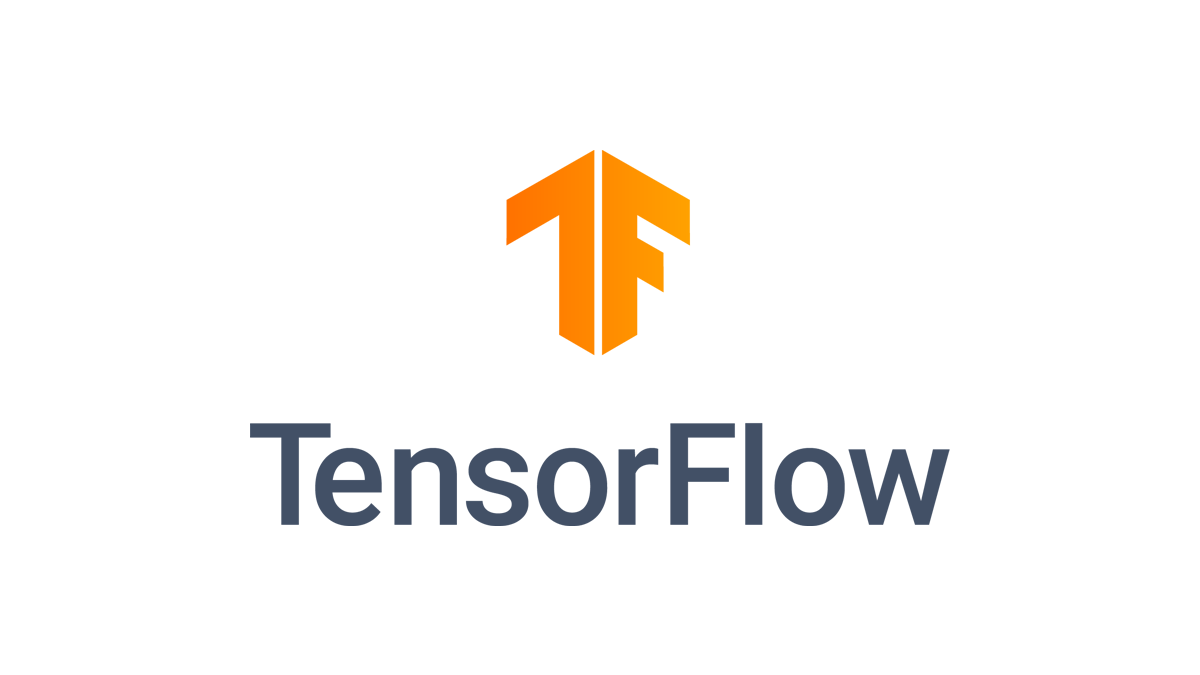Why TensorFlow Chose Python: A Deep Dive
Discover the compelling reasons why Python was chosen as the primary language for TensorFlow, the leading machine learning framework.
Discover the compelling reasons why Python was chosen as the primary language for TensorFlow, the leading machine learning framework.
TensorFlow, a powerful machine learning framework, predominantly uses Python as its primary language for interacting with its engine. This choice stems from Python's widespread adoption among data scientists and its reputation as a beginner-friendly language.
TensorFlow primarily uses Python because it's popular among data scientists.
import tensorflow as tfWhile TensorFlow's core is written in C++, Python acts as a user-friendly frontend.
Other languages like Julia and Swift have been considered for machine learning.
using FluxHowever, Python's extensive ecosystem and ease of use make it a strong choice for frameworks like TensorFlow and PyTorch.
The code compares building and training a simple neural network in Python using TensorFlow and in Julia using the Flux library. Both examples define a model, loss function, optimizer, generate random data, and train the model. The text highlights Python's dominance in machine learning due to its large community, ease of use, and extensive libraries. However, it also acknowledges Julia as a viable alternative offering speed and expressiveness. The comparison emphasizes that while Python is currently prevalent, the future of machine learning might embrace a wider range of programming languages.
This example demonstrates the typical workflow in TensorFlow using Python and contrasts it with a simple example in Julia using the Flux library.
Python (TensorFlow)
import tensorflow as tf
# Define a simple model
model = tf.keras.models.Sequential([
tf.keras.layers.Dense(10, activation='relu', input_shape=(4,)),
tf.keras.layers.Dense(1)
])
# Compile the model
model.compile(optimizer='adam', loss='mse')
# Generate some dummy data
x_train = tf.random.normal((100, 4))
y_train = tf.random.normal((100, 1))
# Train the model
model.fit(x_train, y_train, epochs=10)Julia (Flux)
using Flux
# Define a simple model
model = Chain(
Dense(4, 10, relu),
Dense(10, 1)
)
# Define the loss function
loss(x, y) = Flux.mse(model(x), y)
# Define the optimizer
optimizer = ADAM()
# Generate some dummy data
x_train = randn(Float32, 4, 100)
y_train = randn(Float32, 1, 100)
# Train the model
for epoch in 1:10
Flux.train!(loss, params(model), [(x_train, y_train)], optimizer)
endExplanation:
train! function.Key Takeaways:
This example highlights the typical workflow in both languages and showcases the strengths of each approach. While Python remains dominant, the future of machine learning might see a more diverse landscape of programming languages.
This text argues that Python's popularity within the data science community is the driving force behind its use in TensorFlow, despite TensorFlow's core being written in C++.
Here's a breakdown:
In conclusion, TensorFlow leverages Python's popularity in the data science community to provide a user-friendly interface to its powerful C++ engine. While alternatives like Julia show promise, Python's extensive ecosystem and ease of use make it a dominant force in machine learning frameworks. The future may bring a more diverse landscape of languages, but Python's impact on TensorFlow and the field as a whole is undeniable.
 Julia end-to-end LSTM for one CPU - Machine Learning - Julia ... | I wonder how this core would look like in Julia Together with a Julia frontend How do I build a Julia abstraction for all of this, integrated with JuliaDB? The GPU part would not be a priority at the moment, as I first want to run an LSTM on a macOS CPU. How do I take the first 100 steps?
Julia end-to-end LSTM for one CPU - Machine Learning - Julia ... | I wonder how this core would look like in Julia Together with a Julia frontend How do I build a Julia abstraction for all of this, integrated with JuliaDB? The GPU part would not be a priority at the moment, as I first want to run an LSTM on a macOS CPU. How do I take the first 100 steps? What are TensorFlow and PyTorch? In which programming ... | Aug 18, 2023 ... What are the benefits of coding with Python vs. C++ in PyTorch (deep learning framework)? Why does it matter if both languages execute at the ...
What are TensorFlow and PyTorch? In which programming ... | Aug 18, 2023 ... What are the benefits of coding with Python vs. C++ in PyTorch (deep learning framework)? Why does it matter if both languages execute at the ... TensorFlow | An end-to-end open source machine learning platform for everyone. Discover TensorFlow's flexible ecosystem of tools, libraries and community resources.
TensorFlow | An end-to-end open source machine learning platform for everyone. Discover TensorFlow's flexible ecosystem of tools, libraries and community resources. Why Swift for TensorFlow? Meticulous evaluation of many candidate ... | Posted by u/dtolnay - 54 votes and 29 comments
Why Swift for TensorFlow? Meticulous evaluation of many candidate ... | Posted by u/dtolnay - 54 votes and 29 comments